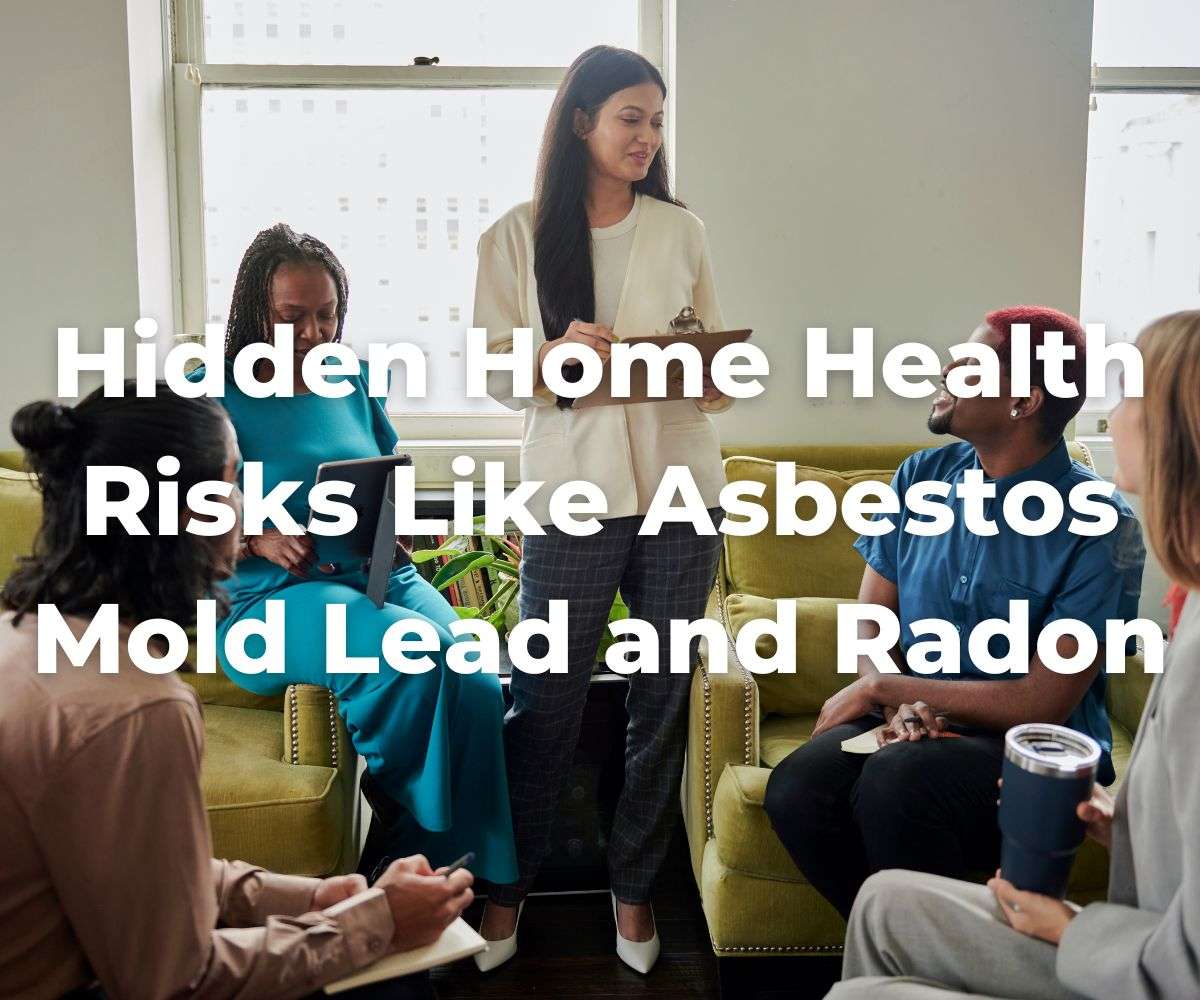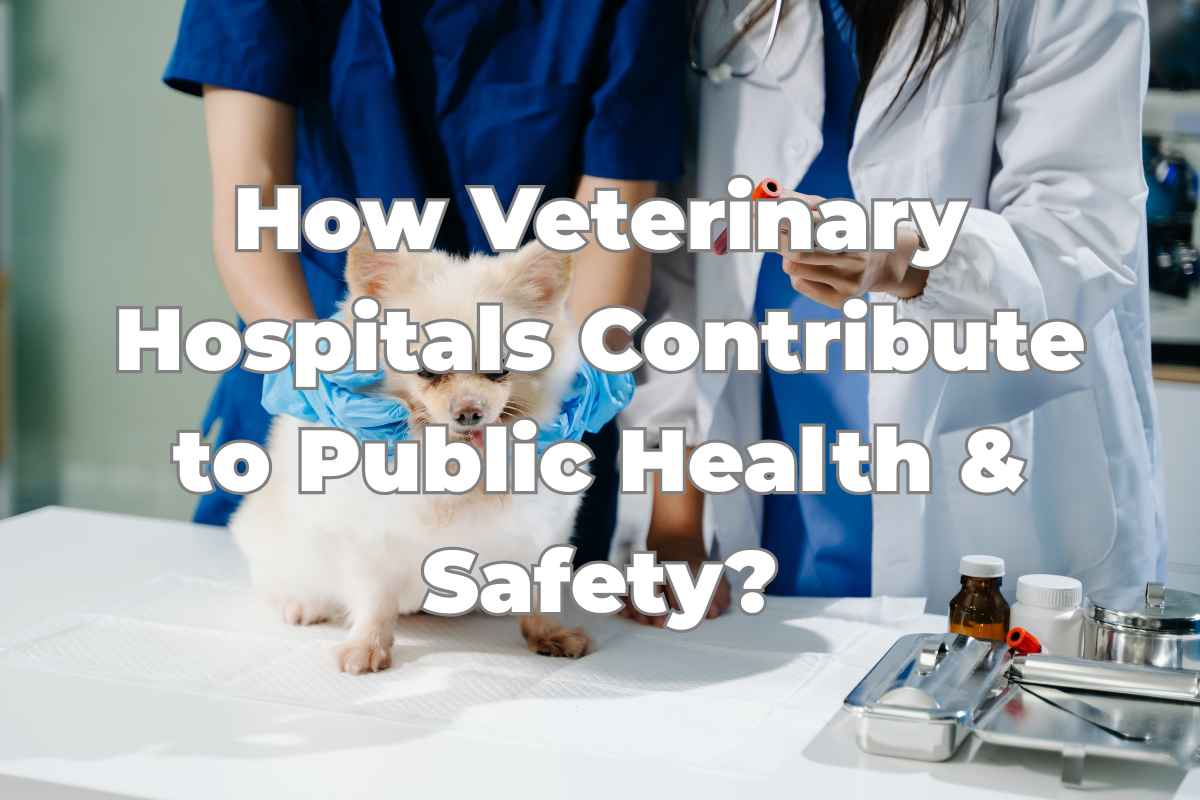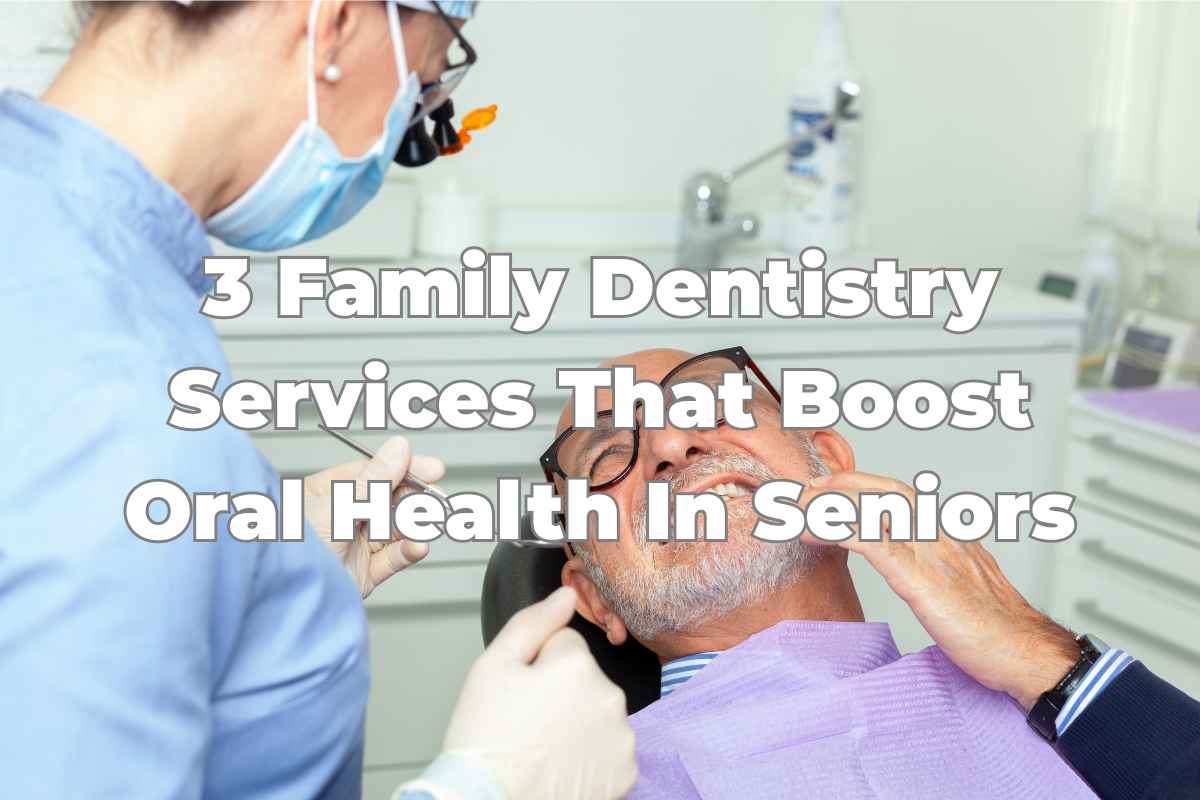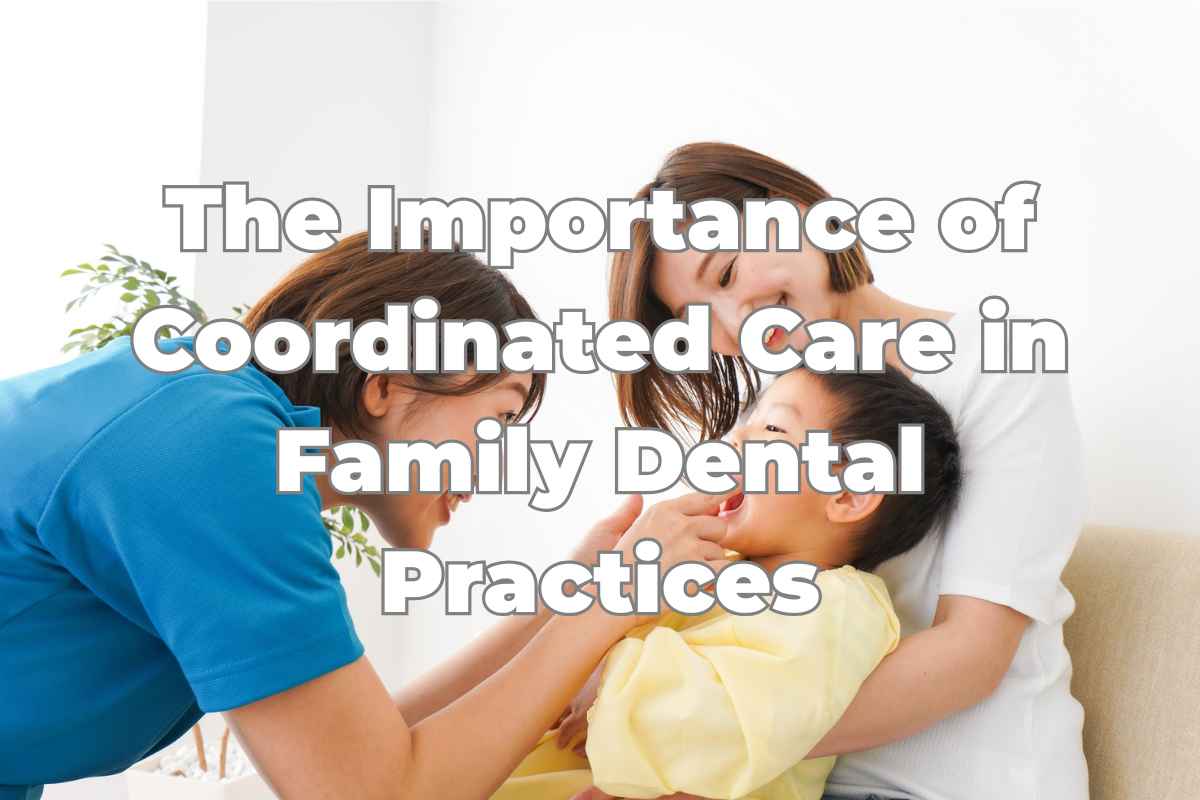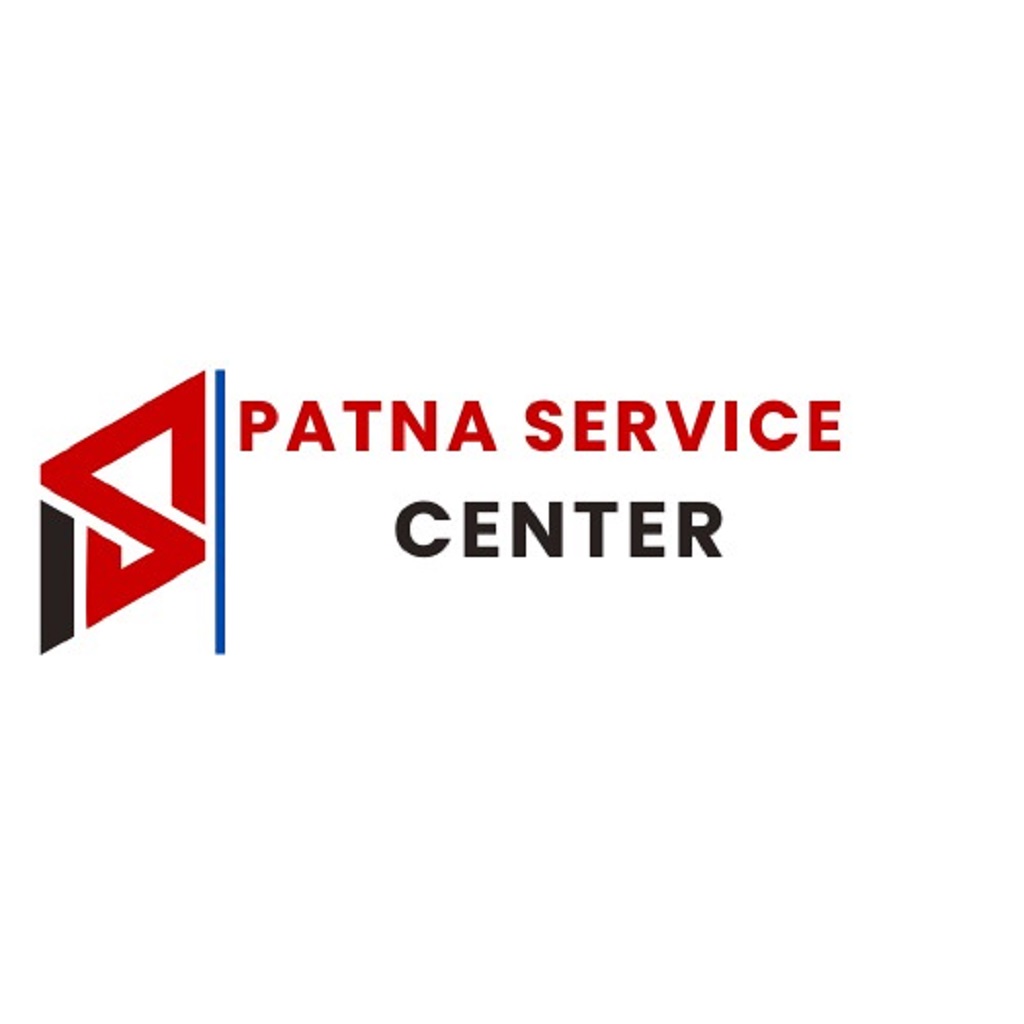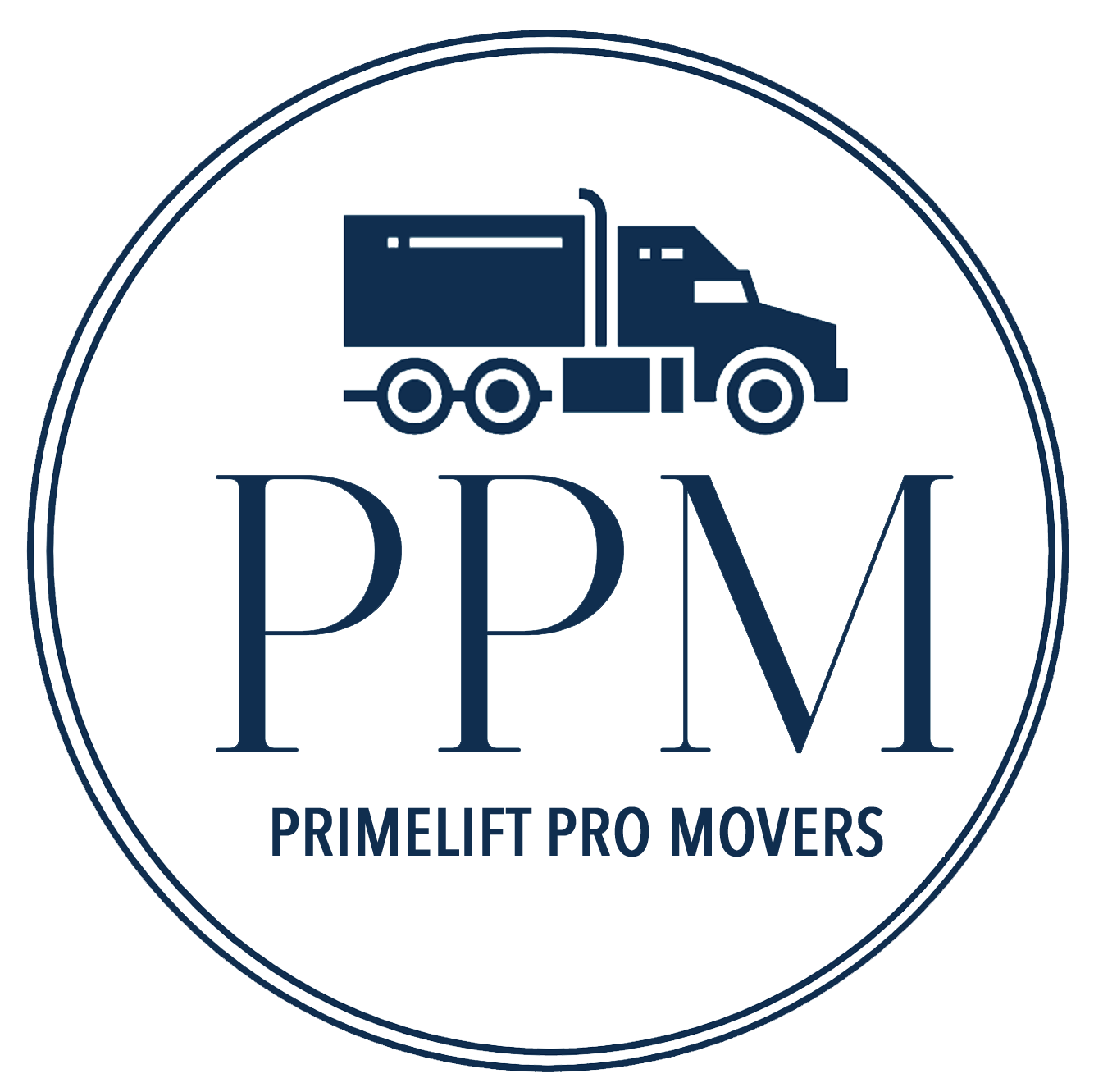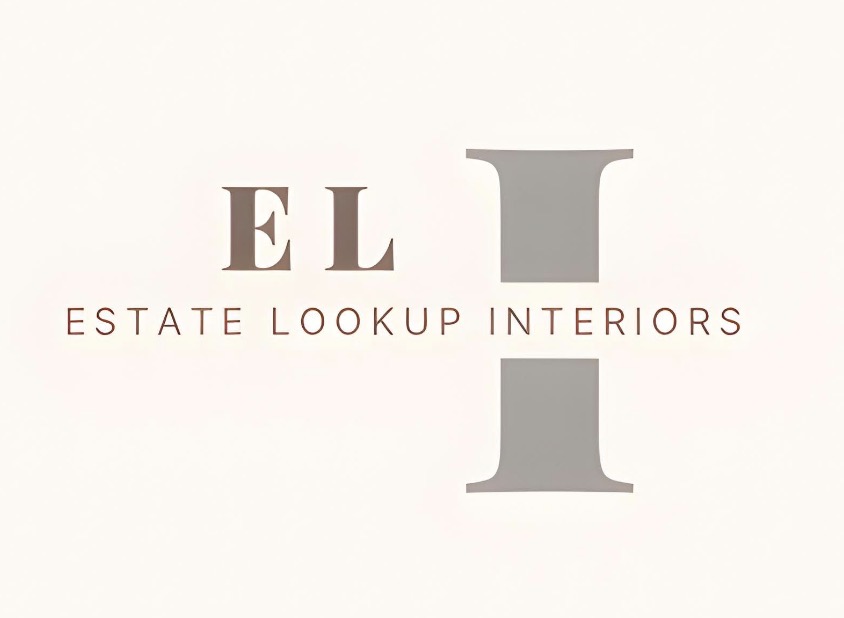hidden home health risks like asbestos mold lead and radon
Description
Unseen Dangers: Hidden Health Risks Lurking in Your Home
Your home should be a sanctuary, a place where you and your loved ones feel safe. However, hidden health risks lurking inside many homes could pose serious threats if left unaddressed. From hazardous materials in older buildings to invisible gases and contaminants, being aware of these dangers is the first step toward creating a healthier living environment.
The Danger of Asbestos in Your Home
What Is Asbestos and Where Is It Found?
Asbestos is a group of naturally occurring fibrous minerals that were widely used in building materials for their strength and resistance to heat. Commonly found in insulation, roofing shingles, vinyl tiles, and cement in homes built before the 1980s, asbestos was once considered a miracle material.
Unfortunately, we now know asbestos fibers can become airborne and inhaled, leading to serious health issues such as asbestosis, mesothelioma, and lung cancer. You might not even notice asbestos in your home as it often lies hidden behind walls or under floors.
The Health Risks of Asbestos
Asbestos exposure is one of the leading causes of occupational lung diseases, but the risk doesn’t stop there. Homeowners who unknowingly disturb asbestos during renovations or repairs put themselves and their families at risk.
Once inhaled, the microscopic fibers can become lodged in the lungs, leading to damage over time. Symptoms often don’t appear until decades later, making early detection key.
Why You Need Asbestos Testing
To ensure your home is asbestos-free, consider professional asbestos testing, like those in Salt Lake City. Specialists can safely take samples and determine whether asbestos is present. If testing confirms its existence, trained professionals should handle removal to avoid further exposure.
Lead Hazards in Your Living Space
Common Sources of Lead in Homes
Lead exposure in residential environments is typically linked to older homes built before lead was banned in paint and plumbing in the late 1970s.
Peeling paint, lead-contaminated dust, and old pipes are common culprits. These hazards may go unnoticed but pose a major risk, especially for young children.
The Health Implications of Lead Exposure
Lead poisoning can disrupt brain and nervous system development, especially in children under six years old. Even minimal exposure can lead to learning difficulties, developmental delays, and behavioral problems.
Adults are not immune either; prolonged exposure has been linked to high blood pressure, kidney damage, and reproductive issues.
Identifying and Addressing Lead Hazards
Fortunately, testing for lead is relatively simple. DIY kits are available, but hiring professionals ensures a thorough assessment.
Removing lead-based paint and replacing outdated plumbing systems are two of the most effective strategies for remediation. Strict cleaning practices can also help reduce lead dust exposure.
Radon Gas and Its Invisible Threat
What Is Radon, and How Does It Get Into Your Home?
Radon is a radioactive gas that forms naturally when uranium in soil and rock breaks down. While harmless in low concentrations outdoors, radon can seep into homes through cracks in foundations, walls, and floors, accumulating to dangerous levels.
Radon's Health Risks
Radon exposure is the second leading cause of lung cancer after smoking. Long-term exposure to high radon levels dramatically increases your risk, making testing and mitigation critical for protecting your health.
Radon Testing and Mitigation
Radon is odorless and invisible, so the only way to detect it is through radon testing. Affordable home testing kits are widely available, and professional testing services offer precise assessments.
If your home has elevated radon levels, a mitigation system can be installed to vent the gas out of your home, protecting everyone inside.
Beware of Mold and Moisture
Factors Contributing to Mold Growth
Mold thrives in damp, humid environments and can grow on almost any surface, including walls, ceilings, and carpets. Leaky pipes, poor ventilation, and flooding are common contributors to indoor mold growth.
The Health Effects of Mold Exposure
Mold exposure can cause respiratory issues, allergic reactions, and worsen existing conditions like asthma. Symptoms include sneezing, itchy eyes, and persistent coughing.
For those with compromised immune systems, mold exposure can be even more dangerous.
Mold Prevention and Remediation
Preventing mold starts with controlling moisture in your home. Fix leaks promptly, improve ventilation in humid areas, and use dehumidifiers as needed.
If you discover mold, small patches can be cleaned with household products, but extensive mold requires professional remediation to address the problem.
The Silent Danger of Carbon Monoxide
Sources of Carbon Monoxide in Homes
Carbon monoxide (CO) is a colorless, odorless gas produced during the incomplete combustion of fuel. Common household sources include gas stoves, furnaces, fireplaces, and car engines running in attached garages.
The Deadly Effects of Carbon Monoxide Poisoning
Carbon monoxide poisoning can be fatal. Symptoms include headaches, dizziness, and confusion, often mistaken for the flu. High exposure levels can result in loss of consciousness and death within minutes.
The danger is compounded by its invisibility, as you may not realize there’s an issue until it’s too late.
Prevention Starts With Detectors
The first line of defense is installing carbon monoxide detectors in your home. These alarms can alert you to dangerous CO levels before they become life-threatening. Regular maintenance of fuel-burning appliances and proper ventilation is equally important for reducing exposure risk.
Conclusion
The risks posed by asbestos, lead, radon, mold, and carbon monoxide are real, but they can be mitigated through awareness, testing, and preventive measures. By proactively addressing these hidden dangers, you can create a safer and healthier environment for your family.
Similar blog:
What Justifies the Value of Nutritional Counseling?

